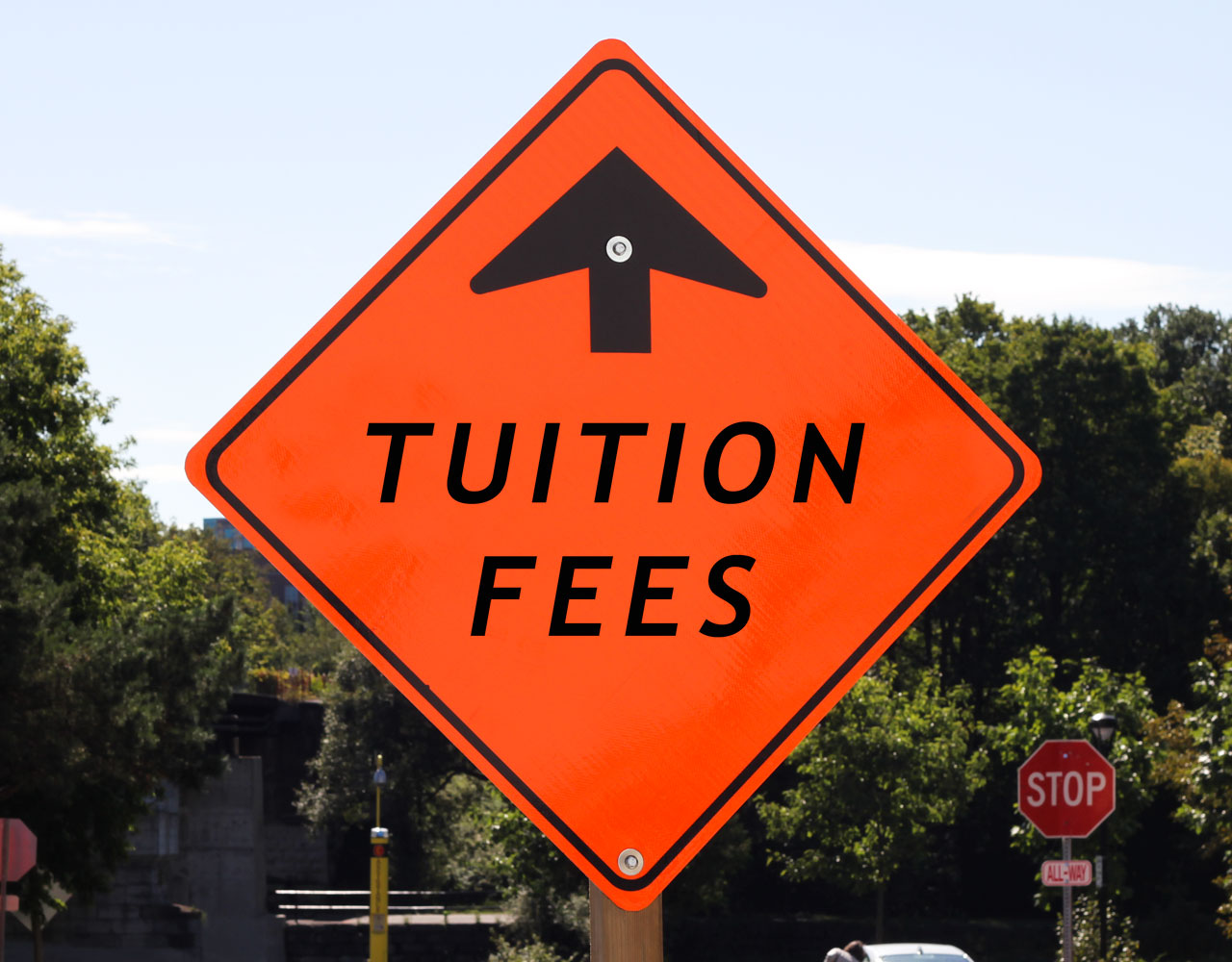The average tuition for full-time undergraduate programs in Canada rose by 3.1 per cent this academic year to $6,571, according to Statistics Canada.
Undergraduate student fees in Ontario are higher on average than in any other province, at $8,454—that’s 3.7 per cent (or $300) more than in the previous academic year.
Across Canada, the average increase in undergraduate tuition ranged from 0.1 per cent in Alberta to 5.5 per cent in Nova Scotia.
Increases in tuition fees are generally regulated by provincial policies.
Provinces receive the Canada Social Transfer from the federal government to support social programs, including post-secondary education. The allocation of this funding is based on the provincial government’s priorities, said Nour Alideeb, Ontario chairperson of the Canadian Federation of Students.
“In Ontario, we’ve seen a direct correlation between the lack of funding post-secondary education receives and a rise in tuition fees,” she said.
In addition to government funding, tuition fees represent a major source of revenue for universities. According to a joint report from Statistics Canada and the Canadian Association of University Business Officers, Canadian universities generated nearly $9.6 billion (or 28 per cent) of their total revenue from tuition and other fees in 2015 to 2016.
“It’s a scary reality,” Alideeb said. “Because [the money] is not coming from the province, they depend more on our tuition fees to keep the institution going.”
The 2010 National Graduates Survey found that nearly two-thirds of university graduates had relied on non-repayable financial support—such as scholarships, bursaries, and government grants—to pay off their tuition.
The provincial government made changes to the Ontario Student Assistance Program (OSAP) this fall, such as offering enough grants to cover the average tuition costs for 80 per cent of students with annual family incomes below $90,000.
“While tuition has been going up, Ontario has made some good strides to really make money accessible to students,” said Liam Harrington, an undergraduate student representative on Carleton’s Board of Governors (BoG).
During the previous academic year, the BoG approved a three per cent average increase in domestic tuition in each of the 2017-18 and 2018-19 academic years.
According to Carleton’s website, the tuition rise “is essential in meeting increased costs of operating the university and continuing to provide the highest quality of teaching and research.” Harrington said he hopes to collaborate with current Board members to discuss alternative ways for students to cut back on tuition, such as increasing co-op options.
“It’s not only beneficial in the short-term because [students] will be making money,” Harrington said. “It also allows them to gain some much-needed professional experience.”
The priciest undergraduate programs in Canada this academic year are in dentistry ($22,297), followed by medicine ($14,444), law ($13,642), and pharmacy ($10,279), according to Statistics Canada.
Just over three per cent of all Canadian undergraduate students are enrolled in one of these four programs. Among them is Abbira Jeyabalan, a first-year law student at Carleton.
“I have to do at least a part-time job to help with other fees on top of tuition like textbooks,” Jeyabalan said. “As an 18-year-old out of high school, paying so much money . . . it’s kind of disappointing.”
The average cost for graduate programs in Canada are at $6,907, up 1.8 per cent from last year, while tuition for international undergraduate students rose 6.3 per cent to $25,180.
Photo by Meagan Casalino






